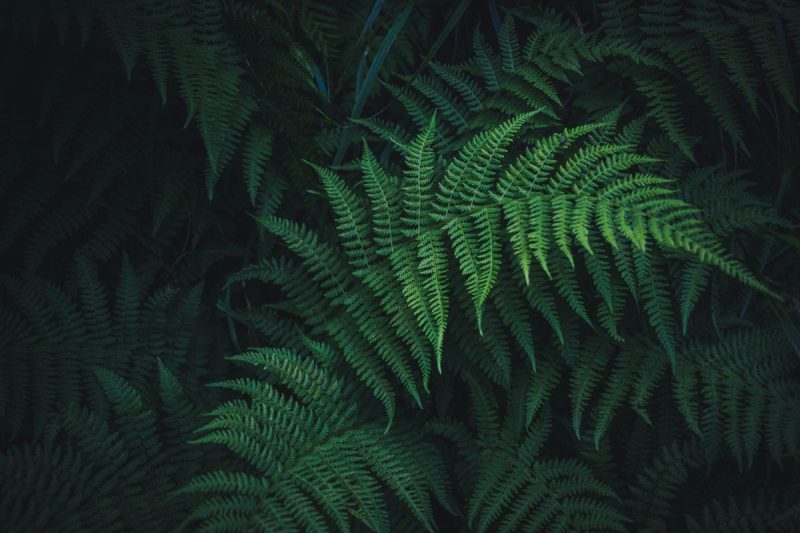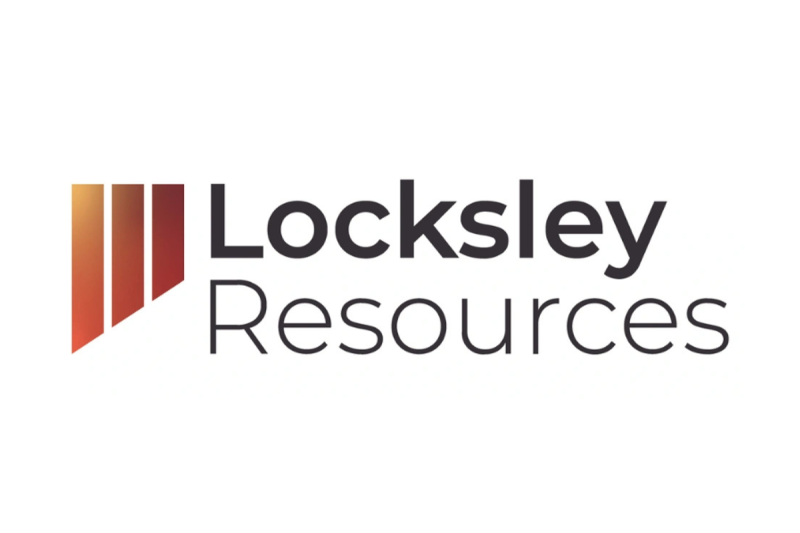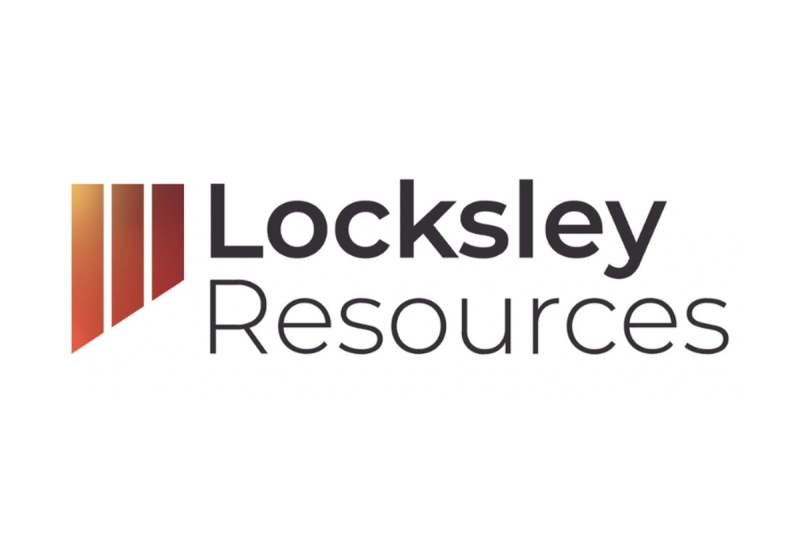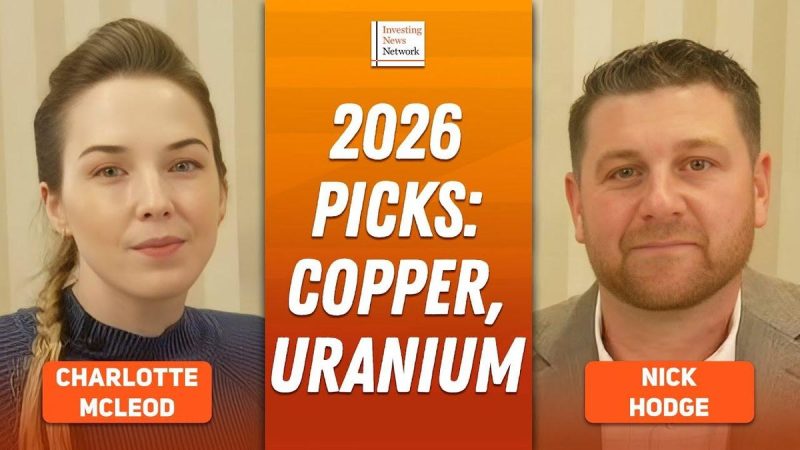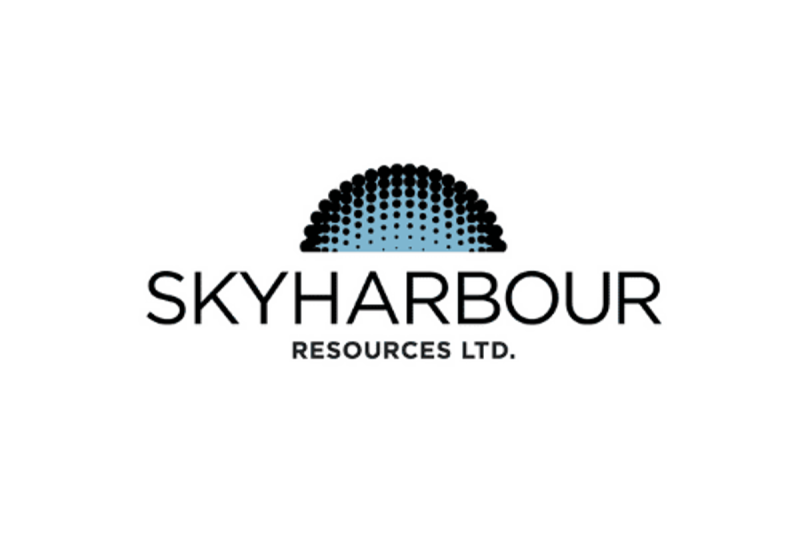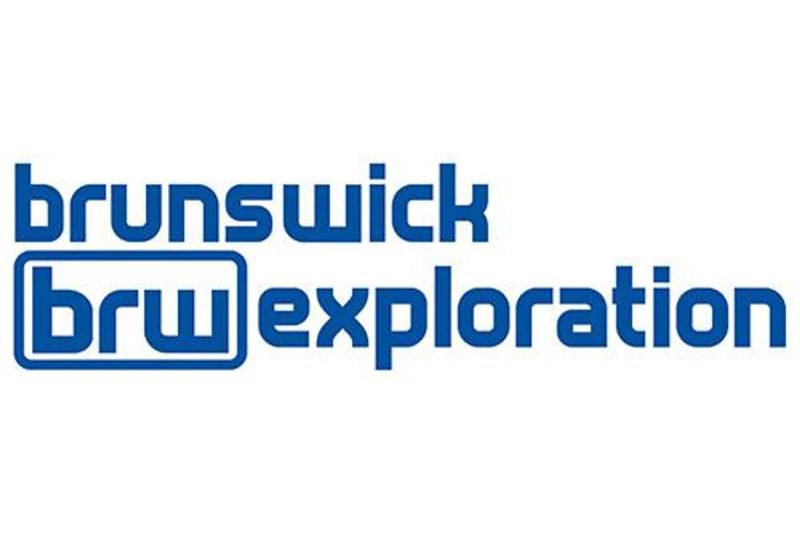Researchers have documented the first known recovery of naturally formed nanoscale monazite from a living plant, potentially opening up new paths to recover in-demand rare earth materials.
The study, published this month in Environmental Science & Technology, identifies nanoscale monazite crystals inside Blechnum orientale, an evergreen fern known to accumulate rare earths at unusually high concentrations.
The work was carried out by researchers at the Guangzhou Institute of Geochemistry under the Chinese Academy of Sciences, in collaboration with a geoscientist at Virginia Tech in the US.
In the paper, the authors write that the discovery “opens new possibilities for the direct recovery of functional rare earth element (REE) materials,” adding, “To our knowledge, this is the earliest reported occurrence of rare earth elements crystallising into a mineral phase within a hyperaccumulator.”
The method, known as phytomining, relies on certain plants that naturally pull unusual amounts of metals from the ground. In this case, the fern absorbed rare earths so efficiently that tiny mineral crystals formed inside its tissues.
The mineral identified — monazite — is normally created deep underground under intense heat and pressure.
The team’s analysis shows that the fern somehow produced nanoscale versions of it under normal surface conditions, with the highest concentrations found in its leaflets and roots. In this state, the plant appears to lock the metals outside its cells as a way of protecting itself, with the process enabling the mineral to crystallize.
Monazite is prized for uses ranging from lasers to electronics to materials that withstand high heat and radiation, so finding it naturally produced inside a plant could open up a new, lower-impact source of rare earths.
REEs take priority in global supply race
REEs, a group of metals used in permanent magnets, lasers, consumer electronics and advanced defense systems, are receiving renewed international scrutiny as governments race to reduce dependence on concentrated supply chains.
Earlier this month, the US Department of the Interior published its final 2025 list of critical minerals, naming 60 minerals deemed vital to the American economy and exposed to supply risk.
The list emphasizes the importance of rare earths, which the US imports heavily, and highlights neodymium, scandium and dysprosium as metals where supply disruptions would impose the “highest cost” on the US economy.
Washington has moved in parallel to strengthen access to rare earths through domestic production, expanded mapping of US deposits and agreements with partners in Australia, Japan, Malaysia and Thailand.
In addition to these efforts, US officials continue to signal confidence that Beijing will adhere to commitments under a rare earths framework outlined last month.
Secretary of the Treasury Scott Bessent said in a recent interview that a deal with China will “hopefully” be done by Thanksgiving, while also rejecting a report suggesting that Beijing is planning new restrictions on US companies.
Are plants a viable source of rare earths?
The use of ferns for mineral extraction remains at an early stage, and the researchers emphasize that phytomining is not a replacement for conventional production.
But finding mineralized rare earths in a living organism offers a proof of concept that could broaden how countries approach resource development at a time when REEs remain strategically critical for major economies.
As the US, China and other nations look for secure supply routes, the possibility that plants themselves may contribute to the pipeline adds a new dimension to a field dominated by mining companies.
Securities Disclosure: I, Giann Liguid, hold no direct investment interest in any company mentioned in this article.

